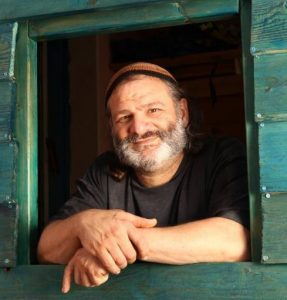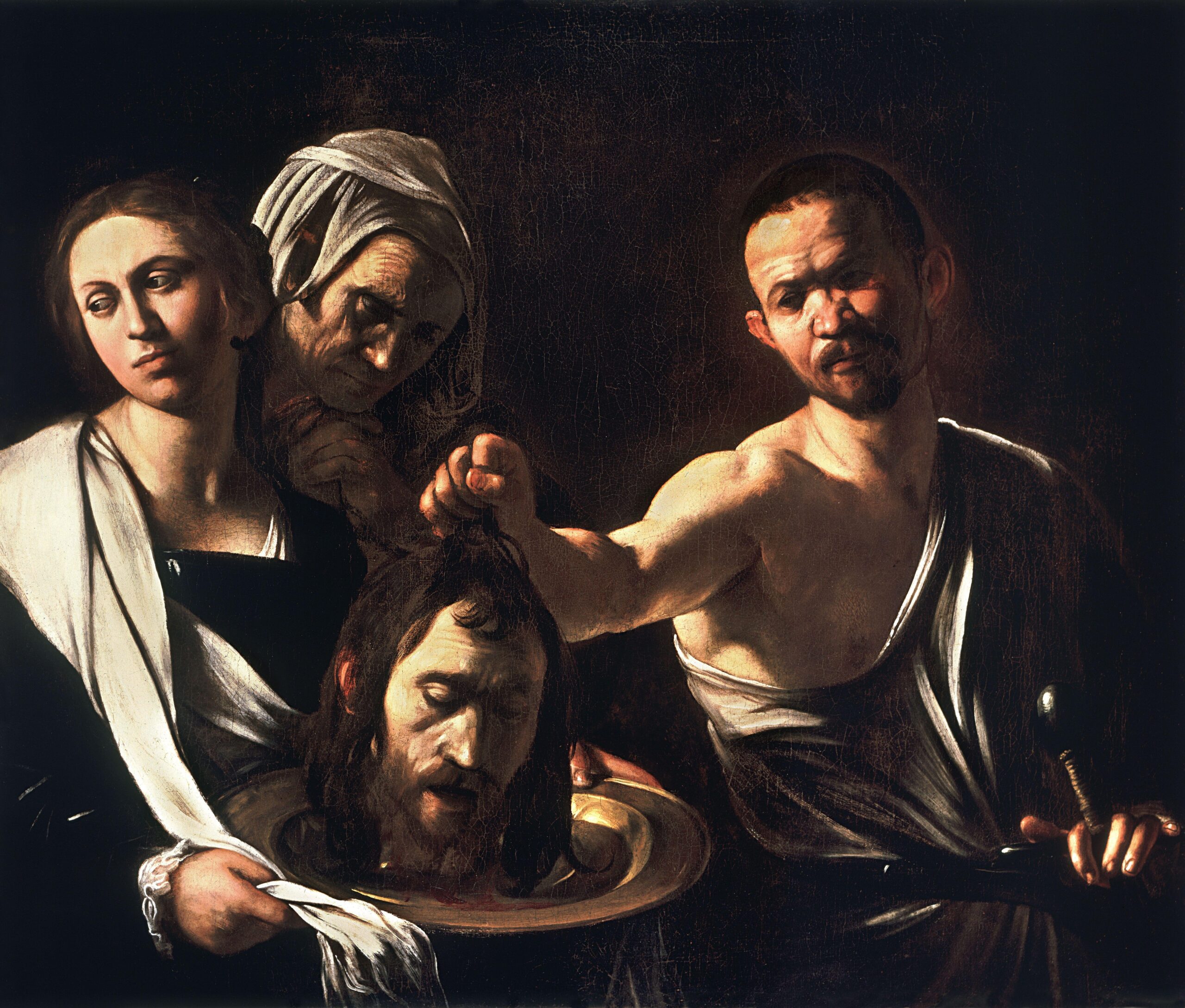Recent excavations by the Israel Antiquities Authority (IAA), conducted between 2022 and 2023, have revealed that the so-called “Cave of Salome” is far grander and older than previously believed. In a paper published in the 2025 volume of the IAA’s journal ‘Atiqot’, archaeologists Nir-Shimshon Paran and Vladik Lifshits propose a compelling reinterpretation of the site’s origins. While the cave has long been identified with one of several Christian figures named Salome, new evidence suggests it was initially constructed as a lavish burial estate for Herodian royalty, possibly even Herod’s powerful sister Salome herself.
The cave complex is one of the largest and most ornate burial sites discovered from the Second Temple period. Dating to between the 1st century BCE and the 1st century CE, the estate features a sprawling 225-square-meter courtyard, exquisitely cut ashlar masonry, and multiple burial chambers equipped with rock-hewn niches and ritual installations. “The structure, scale, and level of decoration point to an elite patron—likely someone from Herod’s own family,” Paran told The Times of Israel.
This scale of construction, rare outside Jerusalem, strengthens the case for a royal burial. Paran noted that the tomb’s location aligns with Herod’s known family lands, which stretch from Ashkelon to the Jordan Valley. “Salome, Herod’s sister, lived in Ashkelon and ruled over several cities granted to her after Herod’s death. The burial estate lies on the road between these regions and within the Idumean heartland of Herod’s dynasty.”
Despite its Jewish-Herodian origins, the site experienced a profound transformation during the Byzantine period. Starting around the 6th century CE, Christian pilgrims began identifying the site with “Saint Salome,” a figure variously described in Christian tradition as a disciple, a witness to the Crucifixion, or the midwife who assisted at the birth of Jesus.
Over the centuries, pilgrims left behind dozens of inscriptions in Greek, Arabic, and Syriac, as well as religious objects such as oil lamps, crosses, and icons. Two inscriptions explicitly name “Holy Salome,” while others invoke Jesus Christ or request blessings and mercy.
The cave’s association with Salome may have been sparked by a now-lost ossuary inscription or oral traditions encountered by early Christians seeking to anchor their faith in physical spaces. “In the Byzantine period, it was common to sanctify Jewish tombs by connecting them to biblical figures,” Paran explained. “The name Salome, which was widespread at the time, may have helped bridge historical memory and religious narrative.”
The Salome of Christian tradition appears in multiple sources. In the Gospel of Mark, a woman named Salome is listed among the followers of Jesus who witnessed his crucifixion and visited his tomb. In the Protoevangelium of James, an apocryphal text from the 2nd century, Salome is portrayed as a midwife who doubted the virgin birth and was temporarily punished for her disbelief. This tale gained traction in the medieval Latin Church.
Later Christian traditions sometimes conflated Salome with the wife of Zebedee and mother of the apostles James and John. While historical clarity remains elusive, Salome’s role in early Christian memory was undeniably significant.
However, Professor Joan E. Taylor of King’s College London notes that the tradition identifying Salome as Mary’s midwife is rooted in later Latin sources and may not align with the cave’s primarily eastern Christian inscriptions. This supports the theory that the site’s Christian sanctity developed independently of that specific narrative.
Archaeological evidence reveals that the site continued to attract visitors even into the early Islamic period. Arabic inscriptions and votive offerings indicate that local Muslim communities also recognized the cave’s sanctity, possibly revering it as the tomb of a righteous woman or saint.
The cave’s history is thus a microcosm of the region’s complex religious layering: from a Jewish royal tomb to a Christian chapel to an Islamic shrine, its sacred identity evolved with the communities that cherished it.
The cave was first discovered in the 1980s following illegal looting. Initial excavations by IAA archaeologists Amos Kloner and Boaz Zissu revealed much of the cave’s structure and Christian-era decorations. But it wasn’t until the recent digs—part of the broader Judean Kings’ Trail project—that the full scale and historical complexity of the site came into focus.
Excavators uncovered broken ossuaries, a mosaic floor, and a row of ancient shops in the courtyard, likely used by merchants selling oil lamps to pilgrims. Hundreds of intact and fragmented lamps dating from the 8th to 9th centuries CE were found, hinting at the volume of visitors and the vibrant religious life that once centered here.
The site was briefly open to the public in 2022 but has since been closed for conservation purposes. Nonetheless, modern pilgrims continue to find their way in, leaving icons and candles in the cave’s niches—a tradition echoing centuries of devotion.
While Paran and Lifshits stop short of definitively identifying the tomb’s occupant, they argue that the hypothesis of a royal burial—possibly Salome of Herod’s court—is more consistent with the site’s monumental design and location than the Christian tradition alone.
“Everything connects,” Paran said. “Though we may never find the original ossuary or inscription, the evidence points toward someone of exceptional status—likely from Herod’s family.”
Whether the Cave of Salome held a midwife saint or a powerful royal sister, its rediscovery adds a rich new chapter to our understanding of the Holy Land’s sacred past. It stands as a striking reminder that memory, faith, and archaeology often intersect in unexpected and transformative ways.




